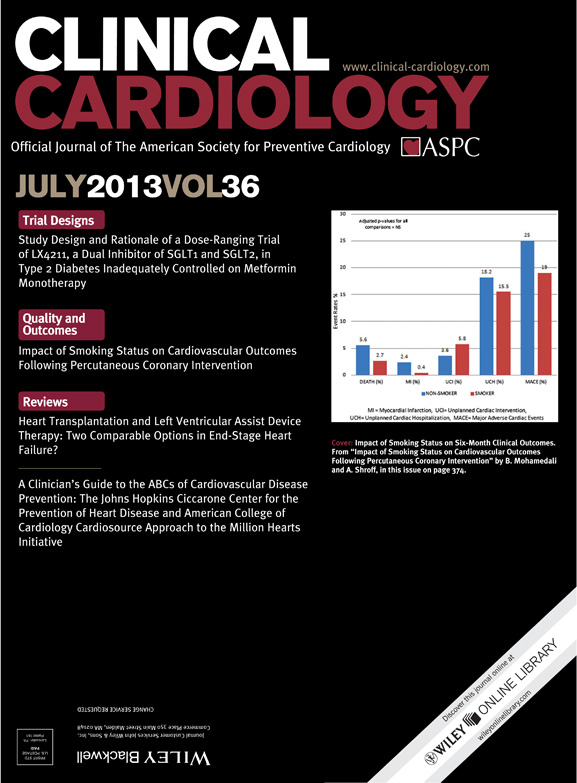Reduced Diurnal Variation of Heart Rate is Associated With Increased Plasma B-Type Natriuretic Peptide Level in Patients With Atrial Fibrillation
The authors have no funding, financial relationships, or conflicts of interest to disclose.
Abstract
Background
The plasma B-type natriuretic peptide (BNP) level has been shown to be increased in patients with chronic atrial fibrillation (AF) independent of left ventricular ejection fraction (LVEF). The purpose of this study is to evaluate the relationship between the plasma BNP level and heart rate variation in patients with AF.
Hypothesis
The plasma BNP level is associated with heart rate variation in patients with AF.
Methods
A total of 102 patients with AF and preserved LVEF were included from 2 hospitals. The ambulatory electrocardiographic recording and measurement of plasma BNP levels were performed simultaneously. Echo-Doppler parameters were measured as the average of 10 consecutive cardiac cycles.
Results
A difference in the mean heart rate between night and day (DIFF) and the standard deviation of the 5-miniute mean R-R interval (SDARR) were significantly associated with log-transformed BNP levels (r = −0.411, P < 0.001 and r = −0.243, P = 0.049, respectively). In echocardiography, the ratio of E velocity to early diastolic velocity, which reflects left ventricular (LV) filling pressure, was significantly correlated with the DIFF and SDARR, along with the log-transformed BNP level. Stepwise multiple linear regression analysis revealed that the DIFF and age were independent factors related with the BNP level (P < 0.01).
Conclusions
The reduced diurnal variation of heart rate was significantly associated with increased BNP, which is linked to LV diastolic dysfunction in patients with AF.




